Most Great Lakes gardeners are holed up inside dreaming of spring right now. Aside from curling up with a hot toddy and a garden catalog or website, gardeners can find some enjoyment in the winter garden and get a jump on the gardening season to come.
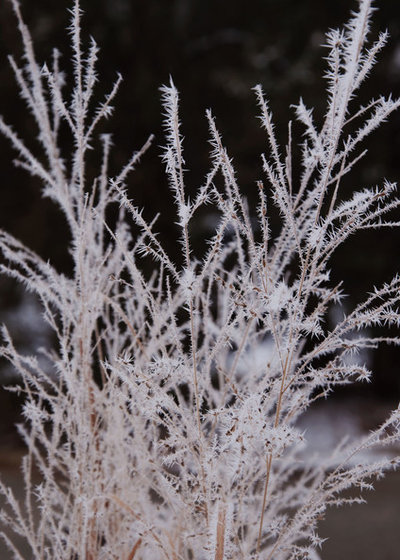
Barbara Pintozzi
Appreciate the beauty of the winter garden. Even without snow, there is stark beauty in the winter garden. Hoarfrost, or frozen dew, transforms plants into lace. Grasses, such as this native
switchgrass (Panicum virgatum) are particularly showy when coated with hoarfrost.
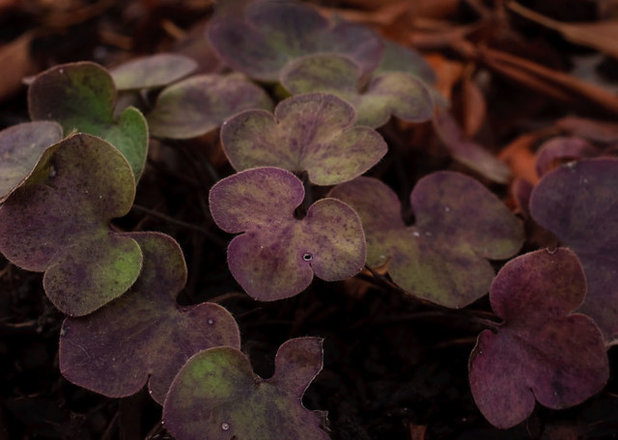
Barbara Pintozzi
Maintain winter interest with evergreens. As snow cover can be unreliable and Great Lakes gardens can reappear during a January thaw, it's important to have evergreen perennials for winter interest, such as
hellebores (Helleborus x hybridus, Helleborus niger),
coral bells (
Heuchera hybrids) and
hepaticas (the native
Hepatica nobilis var.
obtusa, shown). When there is no snow, water these evergreen plants to prevent dessication.
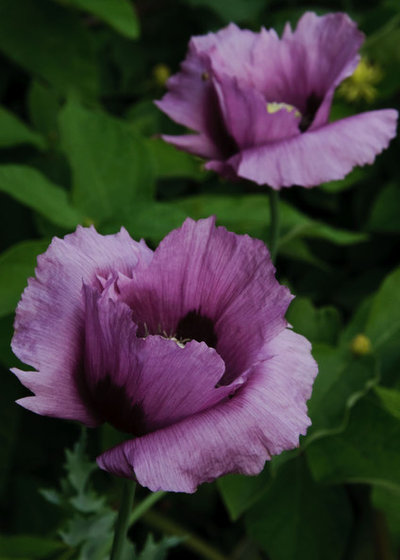
Barbara Pintozzi
Sow seeds. January is the perfect time to sow seeds of hardy annuals and perennials that need a period of cold or stratification for germination.
Some can be sown in containers outdoors, while others, such as these
breadseed poppies (Papaver somniferum), should be sown directly into the garden. The seeds can be sprinkled on top of the snow where they are to be grown.
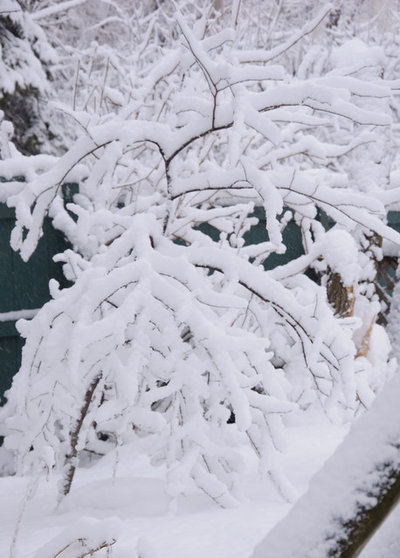
Barbara Pintozzi
Discover your garden's bones. The snow-covered Great Lakes garden is all about shapes and lines. The nearly monochromatic setting shows off the structure of well-branched trees and shrubs, such as this young native
redbud (Cercis canadensis). This simplicity of snow and structure can help the gardener to see the bones of the garden, suggesting areas for improvement. The middle of winter is an excellent time to dream of the garden and draw up plans for changes to be made next spring and summer.
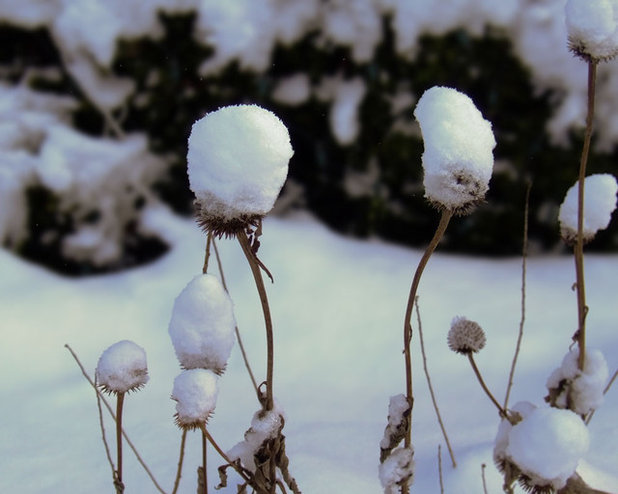
Barbara Pintozzi
Even nonwoody plants are transformed by snow. These
coneflower seed heads
(Echinacea purpurea) appear to be wearing hats.
Look around and take photos from windows of the midwinter garden to determine where points of winter interest could be incorporated or improved.
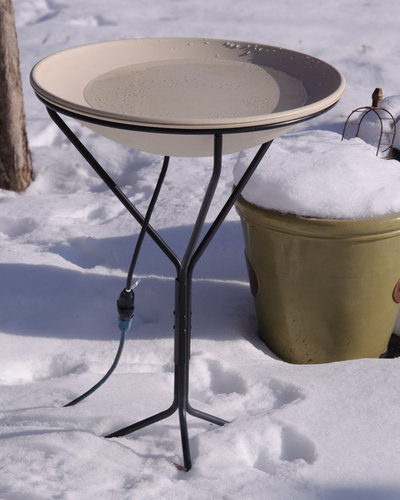
Barbara Pintozzi
Give birds a drink. Bird-watching can help get a Great Lakes gardener through the winter. The best way to attract birds to the winter garden is to provide a heated birdbath. Even more than food, birds need clean, open water for bathing and drinking. Whether electric or solar powered, on the ground or raised on a deck or stand, a heated birdbath will attract more and varied birds than any single bird feeder. Site the birdbath where it can be viewed easily from a comfortable chair inside.
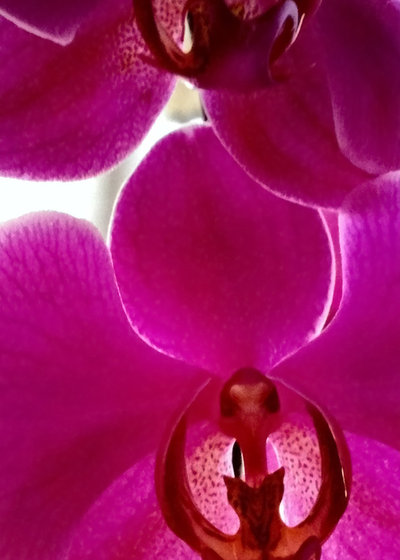
Barbara Pintozzi
Bring blooms indoors. Great Lakes gardeners can suffer from flower withdrawal in the middle of winter. In addition to forced bulbs, orchids can be a good fix. Bring an insulated bag if you go to purchase one on a bitter-cold day, as tender plants and blooms can be damaged by the cold between leaving the store and getting them into the house.
There are many books on orchid care, such as
Bloom Again Orchids, to guide your purchase and care of orchids. Start with less fussy, easy-care orchids, such as this
moth orchid (
Phalaenopsis hybrid).
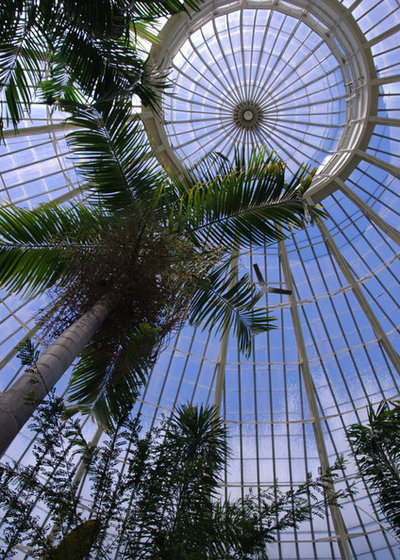
Barbara Pintozzi
Take a field trip. If all else fails, the best cure for an acute case of cabin fever is to head out to your local conservatory to see flowers and breathe in moist, fragrant air. Standing under swaying
palm fronds (here,
Dypsis leptocheilos) on a sunny day can make you forget about the snow and the cold.
More guides to Great Lakes gardening





